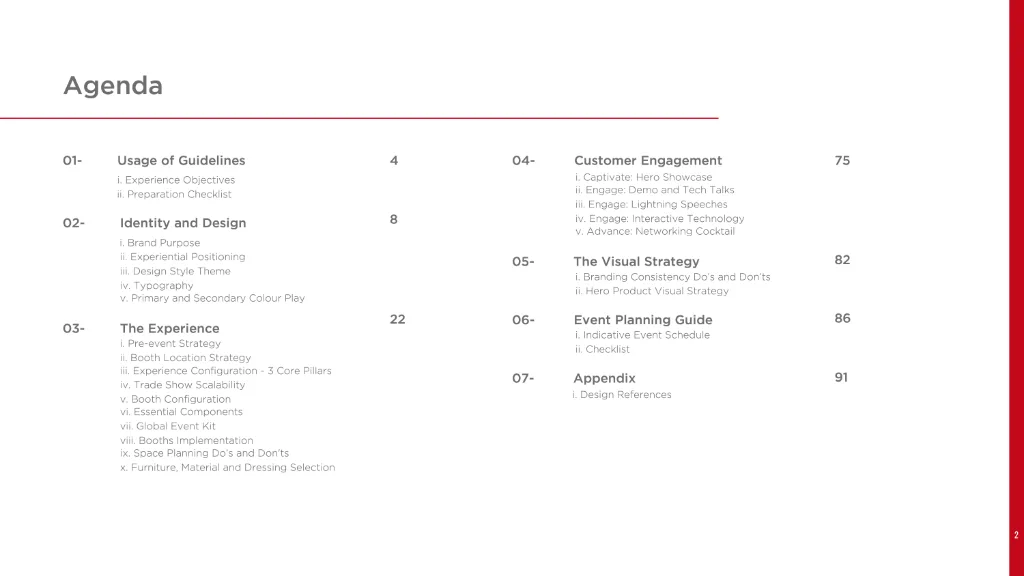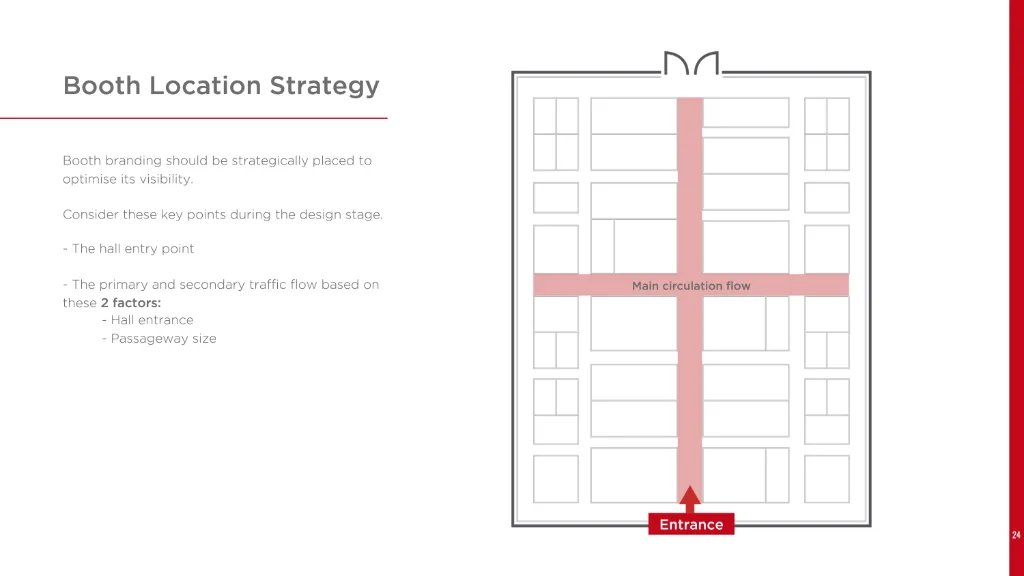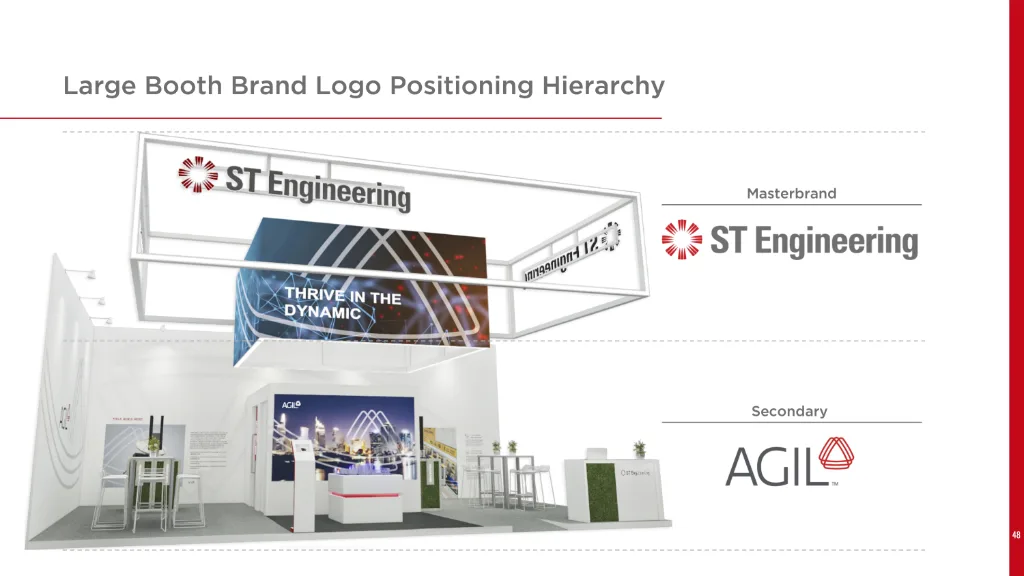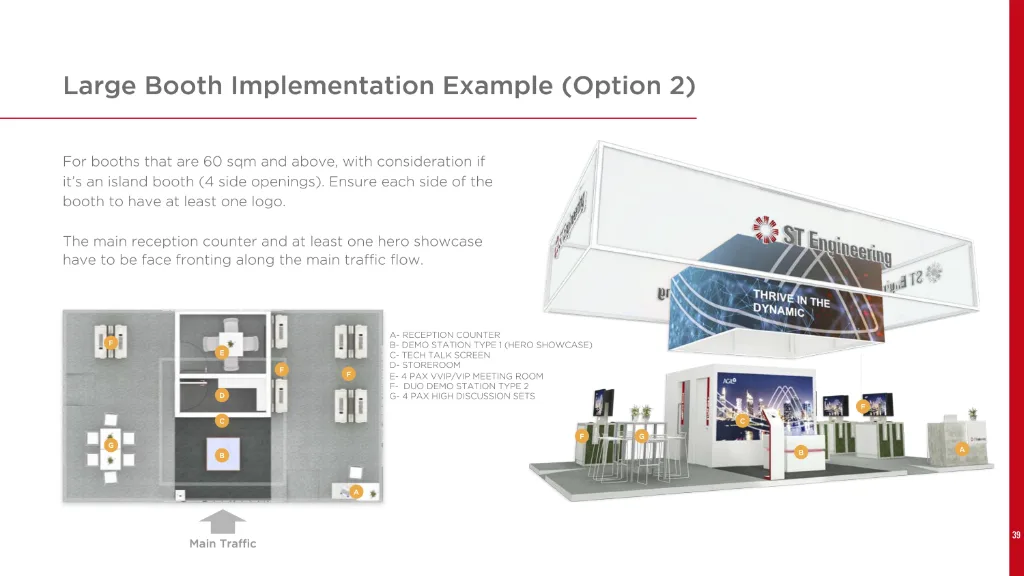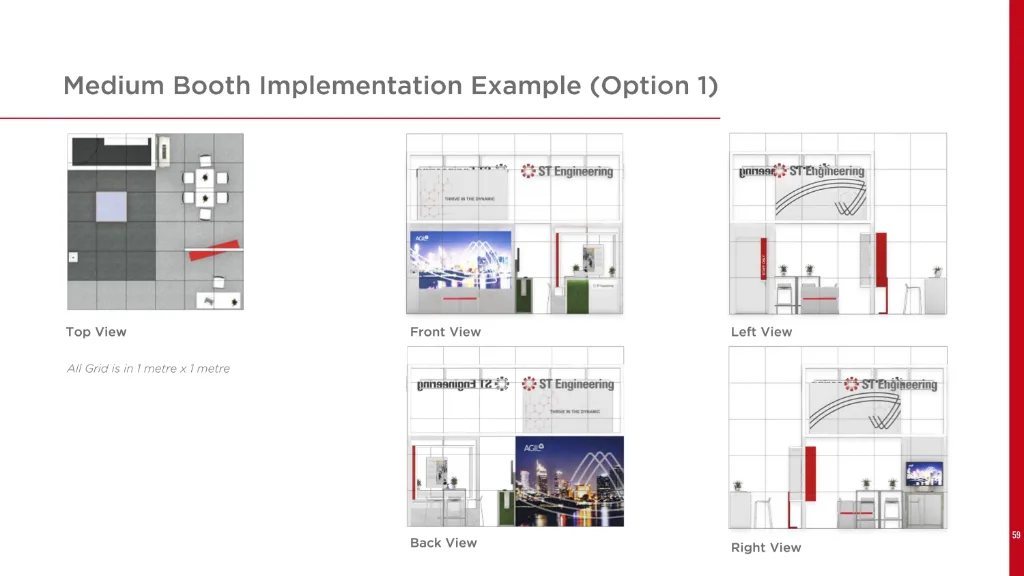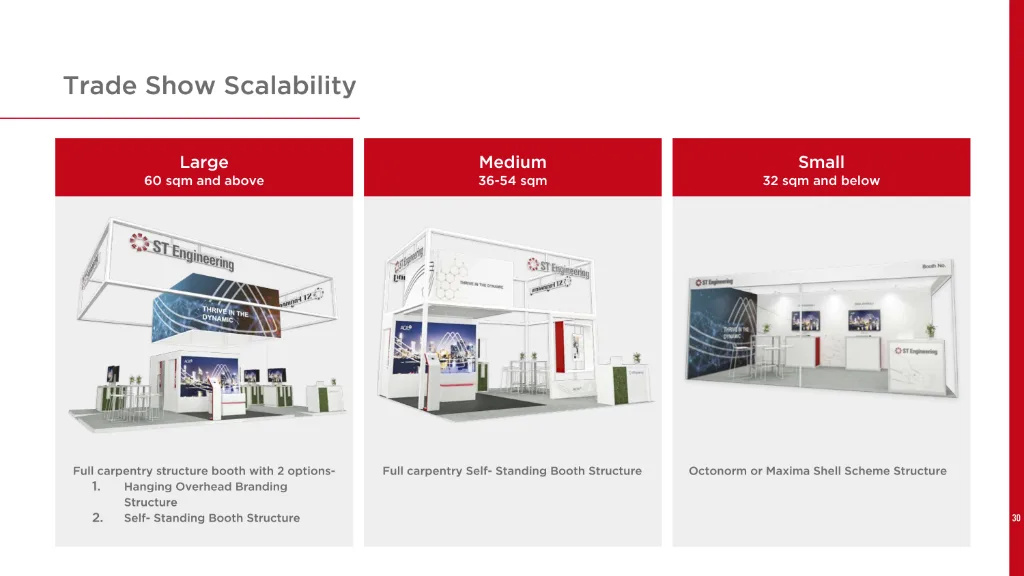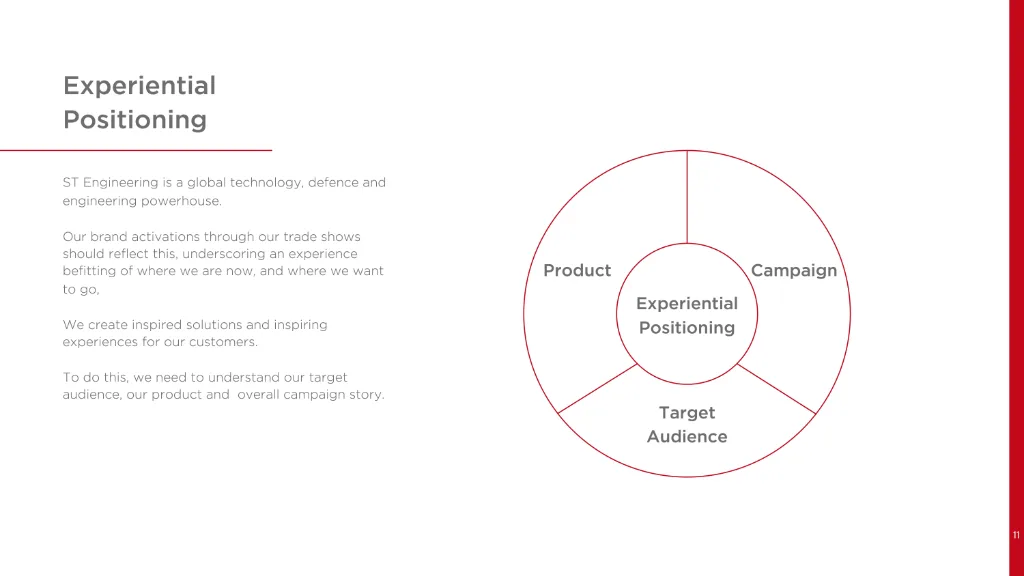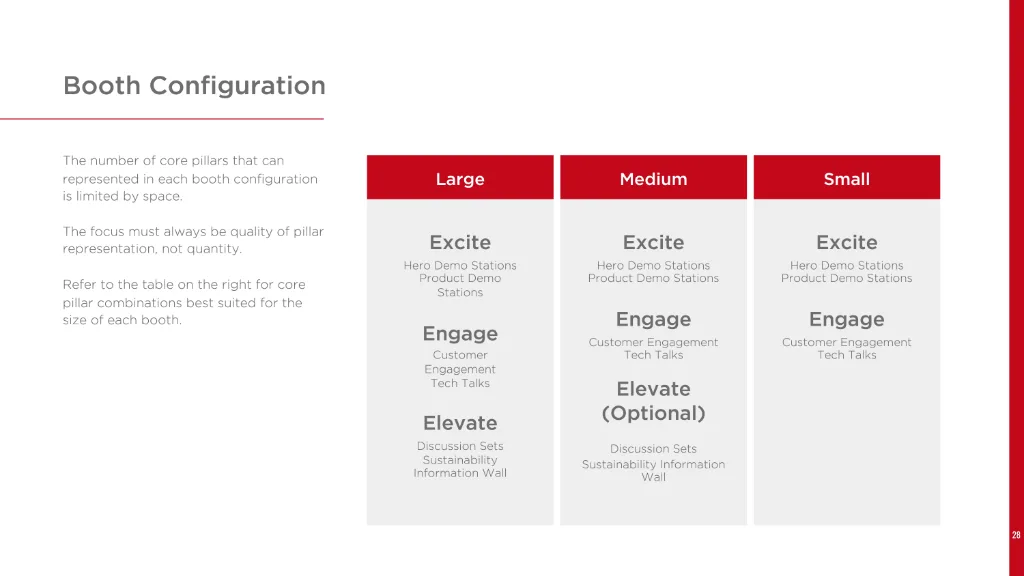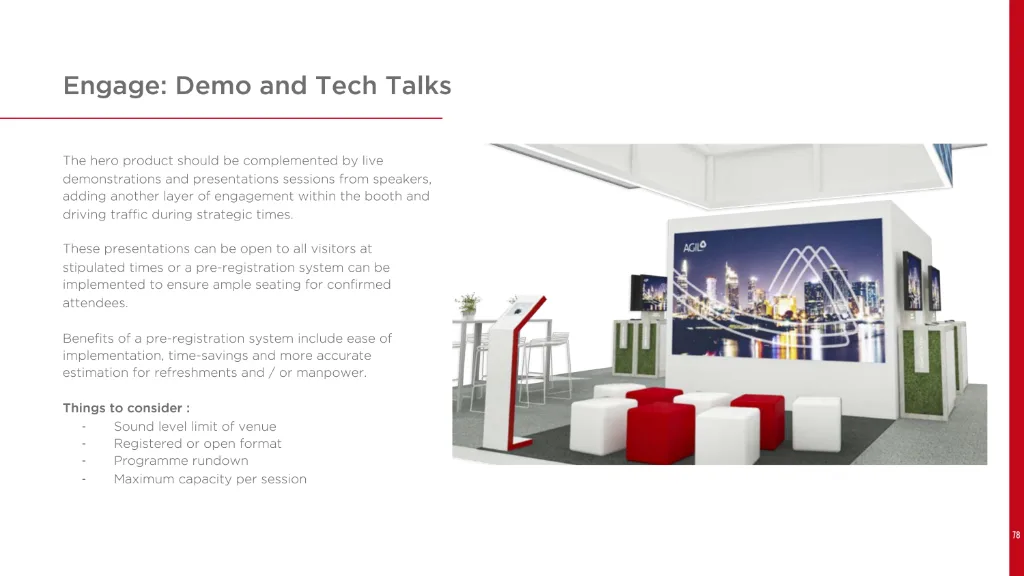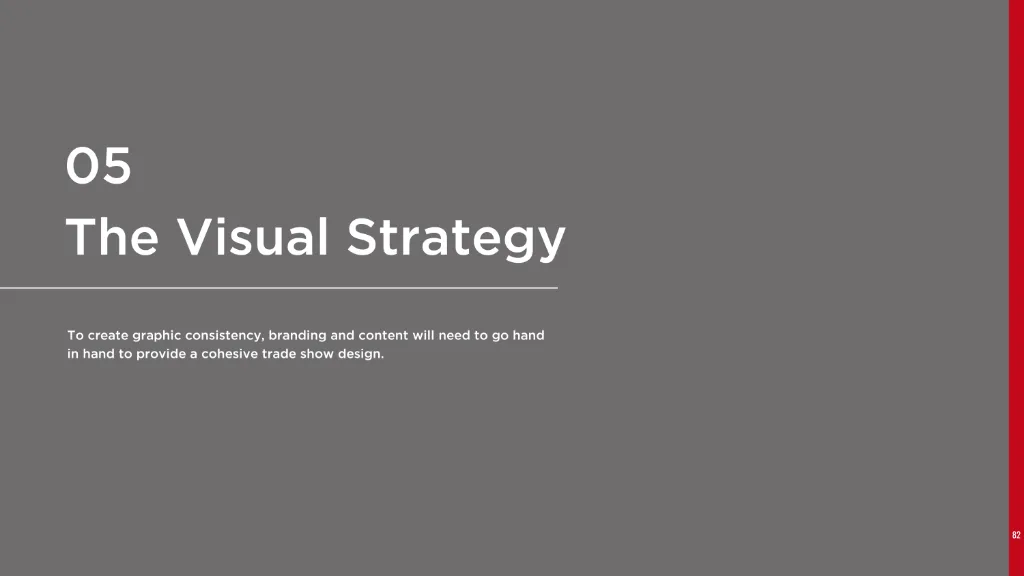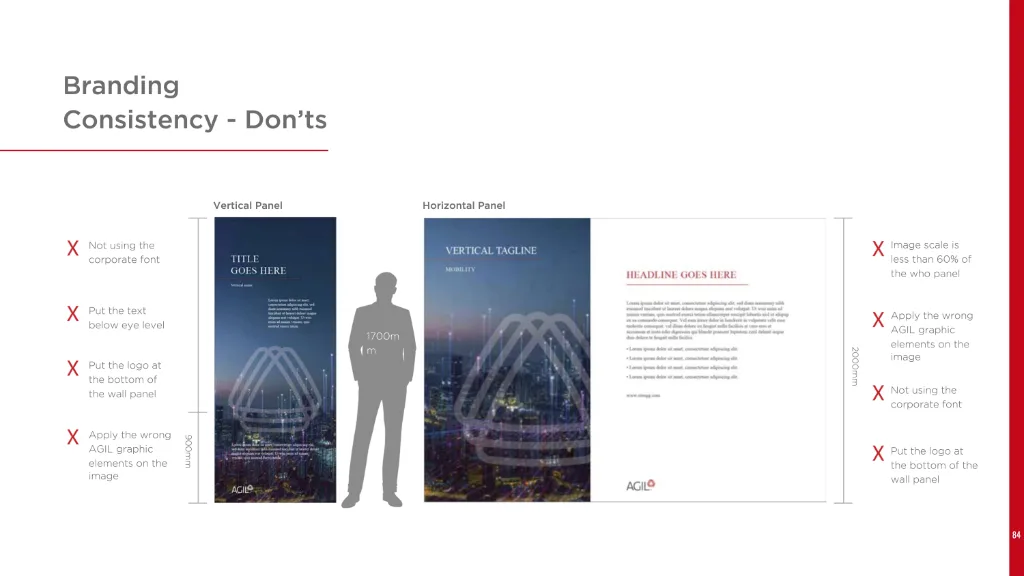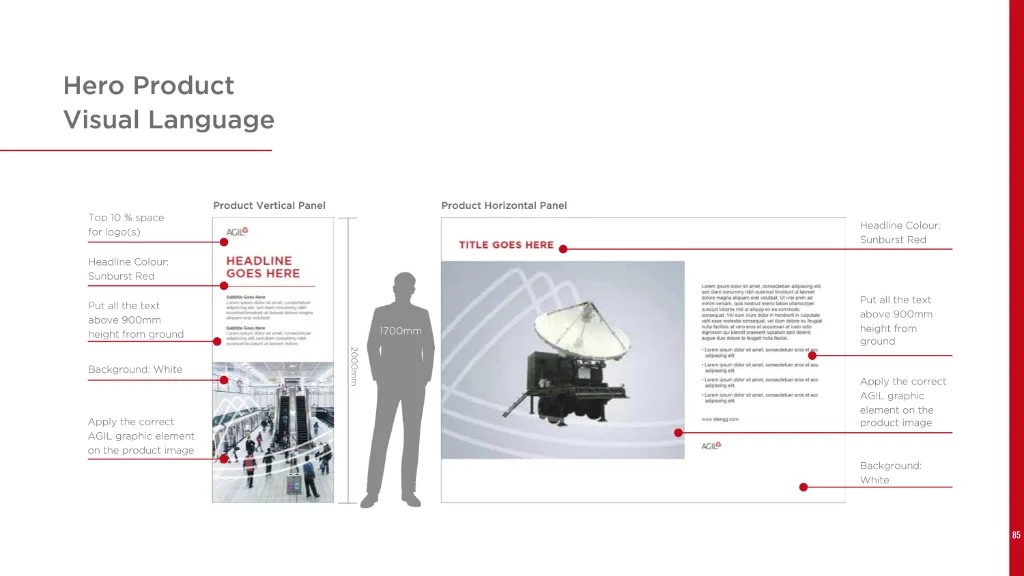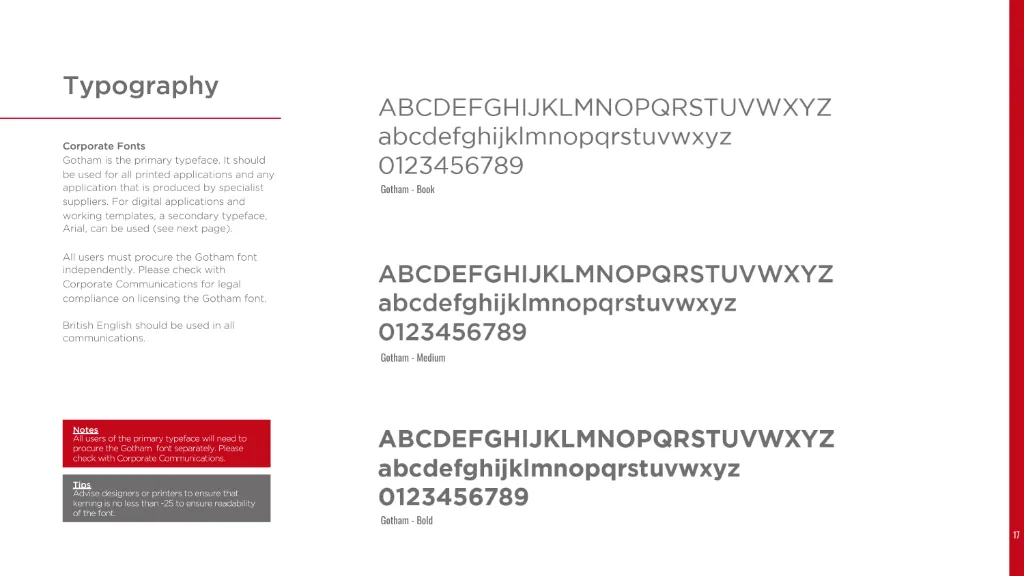Event guideline
Creating a compelling and successful exhibition requires a well-defined guideline. Here are the several key points to develop an effective event guideline:
- Flexibility is key: Be prepared to adapt your plans as needed throughout the development process.
- Communication is essential: Maintain clear and consistent communication with your team and stakeholders.
- Safety first: Prioritize the safety and security of visitors, staff, and objects at all times.
- Create a lasting impression: Strive to create an engaging and memorable exhibition that leaves a positive impact on your audience.
A step-by-step guide to developing exhibition guideline:
- Start with the "why": Clearly identify the purpose and intent of the exhibition. What message do you want to convey? What impact do you want to have on your audience?
- Know your audience: Determine who you are trying to reach. Understand their demographics, interests, and knowledge levels. This will inform the content, design, and accessibility of your exhibition.
- Set achievable objectives: Define specific goals for your exhibition. These could be educational, inspirational, or even economic. Having measurable objectives helps track success.
- Identify key themes and sub-themes: Organize the exhibition's content into a cohesive narrative. This should guide the selection of objects, text, and multimedia elements.
- Research and curate: Thoroughly research your chosen topic and gather relevant objects, artwork, and artifacts. Ensure their authenticity, provenance, and suitability for exhibition.
- Develop interpretive materials: Create engaging text panels, audio guides, and interactive elements that explain the exhibits and enhance visitor understanding.
- Consider the exhibition space: Map out the physical layout of the exhibition, ensuring it flows logically and offers a comfortable visitor experience.
- Design the exhibits: Choose appropriate display cases, mounts, lighting, and other elements to showcase the objects effectively and aesthetically.
- Accessibility and inclusivity: Ensure your exhibition is accessible to everyone, including people with disabilities. This involves incorporating features like ramps, audio descriptions, and tactile exhibits.
- Technical specifications: Define standards for materials, construction methods, and technical requirements for exhibits, audio-visual equipment, and interactive elements.
- Conservation and security: Develop clear procedures for object handling, conservation, security, and emergency response.
- Budget and timeline: Create a detailed budget and timeline for all aspects of the exhibition development, including fabrication, installation, marketing, and evaluation.
- Assemble a team of experts: Collaborate with professionals like curators, designers, educators, production specialists, and marketing experts to bring your vision to life.
- Clearly define roles and responsibilities: Ensure everyone understands their tasks and communicates effectively throughout the development process.
- Develop a comprehensive marketing strategy: Generate excitement and awareness about your exhibition through various channels like press releases, social media campaigns, and educational programs.
- Engage with your community: Partner with relevant organizations and institutions to promote the exhibition and reach wider audiences.
- Create engaging educational materials: Develop educational resources for teachers and students to maximize the learning potential of the exhibition.
- Gather feedback from visitors and staff: Conduct surveys, interviews, and observation sessions to understand visitor engagement and identify areas for improvement.
- Analyze data and track progress: Monitor visitor statistics, media coverage, and educational program participation to measure the exhibition's impact.
- Use feedback to inform future exhibitions: Continuously learn and refine your approach based on evaluation results to create even better exhibitions in the future.
Case Studies:
Mills was asked by Google to design many speaker’s presentations for their product launches and developer events, etc. Designing presentation slides for an organization like Google must follow a few design principles such as:
- User-centered design
- Simplicity and clarity
- Collaboration and accessibility
- Integration with Google ecosystem
- Flexibility and customization
- Continuous improvement
While both exhibition guidelines and event marketing guidelines are essential for the success of an event and share some similarities, they focus on different aspects and serve different purposes. Let’s compare a few key differences:
| Feature | Exhibition Guidelines | Event Marketing Guidelines | |
|---|---|---|---|
| Focus | Specific to exhibition participation | Broad focus on event promotion | |
| Content | Booth setup, regulations, safety, marketing within the exhibition space | Branding, messaging, target audience, marketing materials, channels, budget, social media | |
| Target Audience | Exhibitors, booth personnel, sometimes visitors | Event organizers, marketing teams, sometimes sponsors and partners | |
| Purpose | Ensure smooth exhibition experience, maintain professionalism, protect property and safety | Attract attendees, generate interest in the event, achieve desired outcomes | |
Case study:
When Google launched the A.I. brand – TensorFlow in China, Mills developed an event branding guideline for Google to govern the use of brand.
To sum up,
- Exhibition Guideline: A guideline for exhibitors participating in a trade show might specify the maximum booth size, approved materials for construction, and limitations on promotional activities within the booth space.
- Event Marketing Guideline: An event marketing guideline for a conference might outline the target audience segments, key messaging for each segment, specific marketing channels (e.g., social media, email marketing, content marketing) and a budget allocation for each channel.

